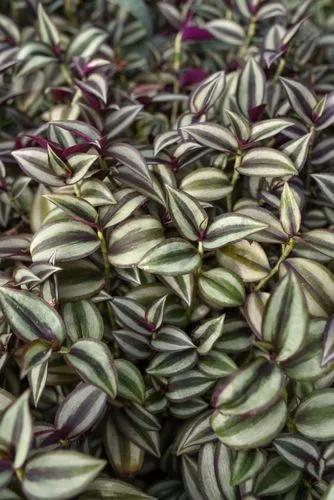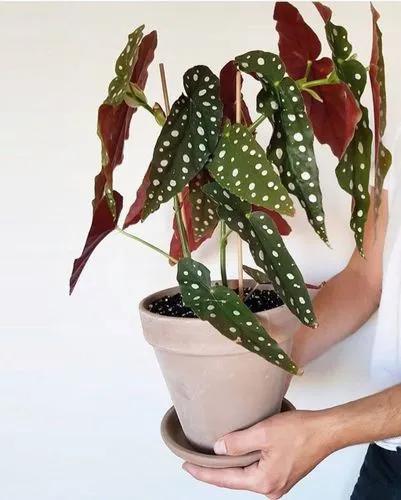Goeppertia makoyana is an evergreen perennial, growing to 45 cm (18 in), with round, pale, glossy green leaves. The upper surfaces of the leaves are marked with dark green blotches along the veins, and the lower surfaces coloured deep purple, with leaf shafts that are very thin. When new leaves grow they are rolled up and display their pinkish-red undersides. Like others in the genus, it has a horizontal soil stem, rhizome, from which the plants grow up and the roots develop. It requires a minimum temperature of 16 °C (61 °F), and in temperate areas is often cultivated as a houseplant.
Calathea Makoyana Care
Goeppertia Makoyana



How to Care for the Plant

Water

Getting watering and humidity levels right are essential for good peacock plant care. The trick with watering is to keep the soil nicely moist, but avoid letting it get soggy. During the winter when plant growth slows, allow the top half-inch of potting soil in the container to dry out before watering your plant again. Yellow leaves indicate over-watering and brown leaves mean the plant needs more water.

Pruning

Unlike some houseplants, your Calathea doesn’t need much in terms of pruning. As the leaves age, they will periodically yellow or brown and then die. Trim off dead leaves with a pair of sharp, sterilized scissors, cutting them off where they join the main stem or at the soil level. You may also like to prune your Calathea makoyana to maintain a more compact, bushy growth habit.

Fertilizer

Fertilize your peacock plant every 2-4 weeks from spring through to early Autumn, when the plant is actively growing. Grows slowly considerably during the winter months, so fertilizing during this time is not required. Calatheas are quite sensitive to over-fertilizing, so err on the side of caution. Use a liquid or water soluble, fertilizer made up at half the recommended strength or less.

Sunlight

Peacock plants are native to the tropical forests of Brazil, where they grow in the understory of the forest, where there is limited direct light at ground level. Because of this, they have lower light requirements than many other houseplants. Place your peacock plant where it receives bright, indirect light. A north facing windowsill, or close to an east facing window will provide good light levels. In rooms that receive a lot of direct light, you can place your plant further from the window, or shield it from direct light with furniture, curtains or blinds.

Soil

Peacock plants like to have a growing media that holds a fair amount of moisture that quickly drains off excess water and provides good aeration to the roots. Most “all-purpose” commercial potting soils are suitable as they are formulated with those needs in mind. Be careful not to purchase potting soils specifically formulated for a given type of plant such as acid-loving plants or succulents; they have been formulated to meet a slightly different need.

Temperature

Tropical houseplants do well indoors because they prefer the same temperature range as humans. For best growth keep your peacock plants in a room where temperatures are between 60°F-75ºF (16C°-24ºC), avoiding any sudden drops in temperature.

Container

Your peacock plant should be repotted to a slightly larger container every 1-2 years, preferably in the springtime or early summer.

Popularity

20,680 people already have this plant 745 people have added this plant to their wishlists
Discover more plants with the list below
Popular articles






